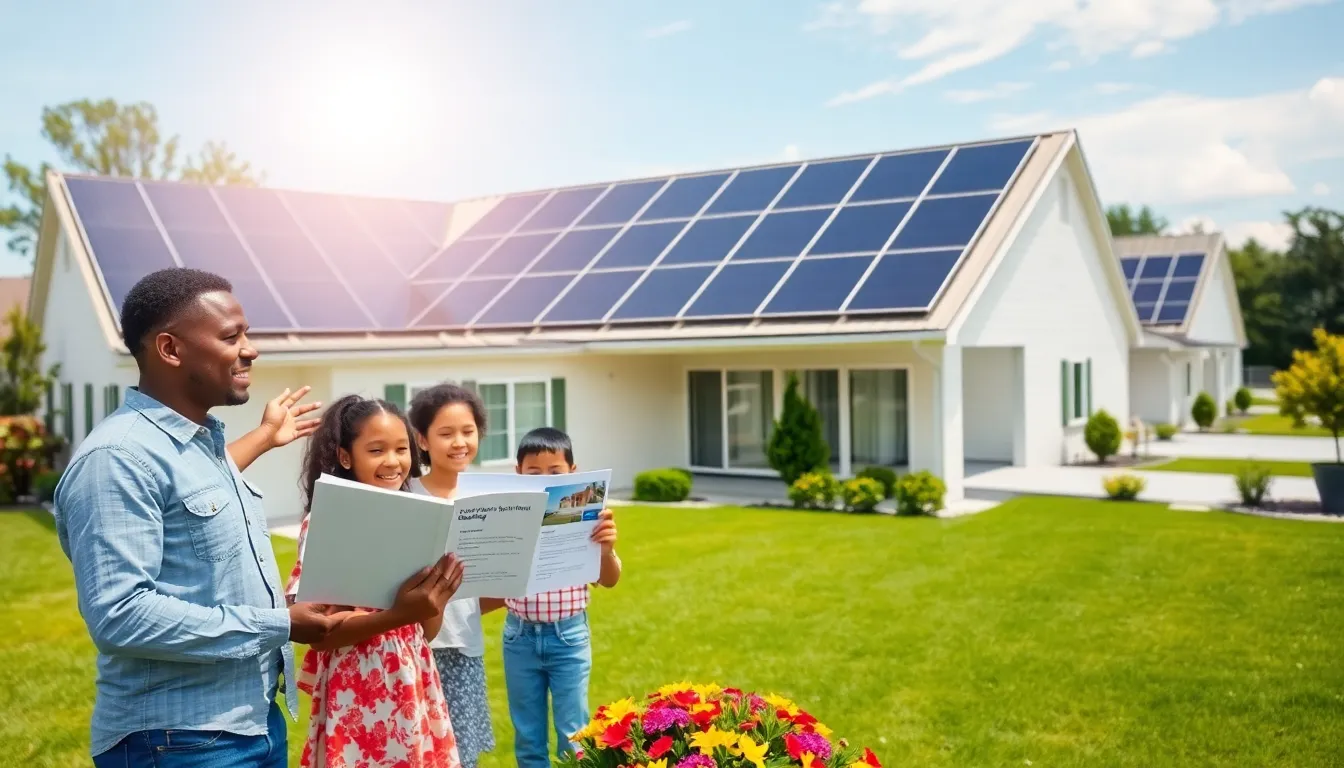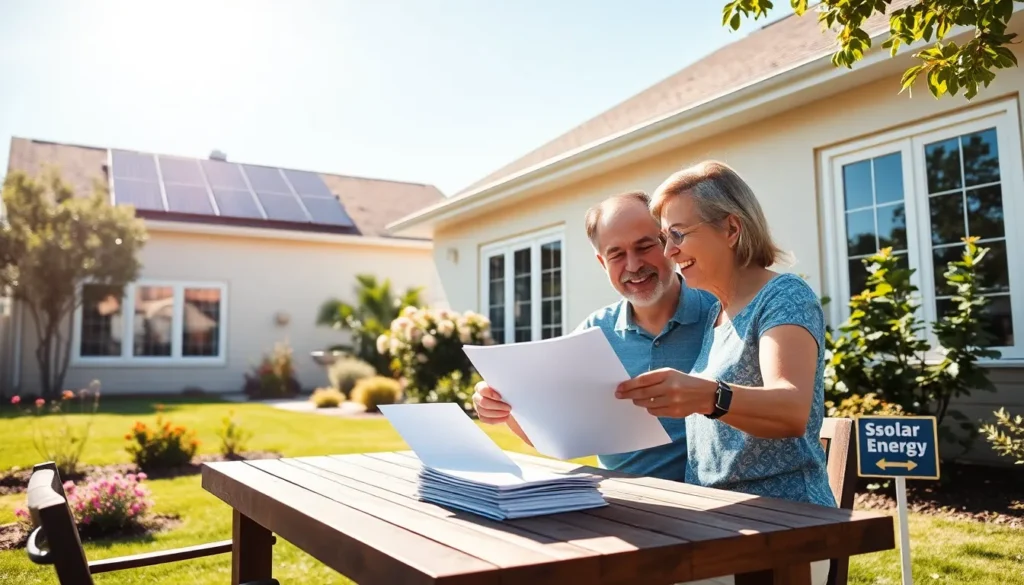Table of Contents
ToggleIn an era where energy independence and sustainability are becoming increasingly critical, the adoption of solar energy in homes presents an attractive option for many. But, financing solar installations can seem daunting to homeowners unfamiliar with their options. This article delves into various financing methods available for homeowners considering solar power, including loans, leases, and incentives, empowering them to make informed decisions for a sustainable future.
Understanding Solar Home Financing

Financing a solar installation often requires understanding the various options available. Homeowners can choose from a myriad of financing strategies, each with its unique benefits and challenges.
Types Of Financing Options Available
- Cash Purchase: The most straightforward method, where homeowners buy the solar system outright. This option has no ongoing costs and allows the owner to take full advantage of incentives, including tax credits.
- Loans: Homeowners can opt for personal loans or specific solar loans, which typically come with favorable terms tailored to such projects.
- Leases and Power Purchase Agreements (PPAs): These arrangements allow homeowners to install solar systems with little to no upfront cost. Instead, they lease the system or pay for the power generated, often at a rate lower than their local utility.
- Home Equity Loans: Homeowners can tap into their home equity to finance solar installations. This option’s interest rates are generally lower than other personal loans.
Government Incentives and Rebates
Government incentives play a critical role in making solar home financing more accessible. Homeowners may benefit from:
- Federal Investment Tax Credit (ITC): This allows homeowners to deduct a significant percentage of the installation cost from their federal taxes.
- State-Specific Incentives: Many states offer their own tax credits, rebates, or grants to encourage solar adoption.
- Net Metering Policies: Some states allow homeowners to receive credits for excess energy produced, which can offset their utility bills significantly.
Exploring Personal Loans and Lines Of Credit
Personal loans and lines of credit serve as flexible financing options for homeowners looking to invest in solar energy.
Evaluating Solar Leases and Power Purchase Agreements
When it comes to solar leases and power purchase agreements (PPAs), they provide an excellent alternative for those who prefer not to install the system. Instead of paying for the system outright or financing it, homeowners can pay for the energy produced:
- Solar Leases: Homeowners pay a fixed monthly fee to use the solar system, which is maintained by the solar provider. This provides predictability in monthly budgeting.
- Power Purchase Agreements: Under a PPA, homeowners pay for the electricity generated by the solar panels, typically at a lower rate than their current utility. This often entails no upfront costs and can lead to significant savings.
Benefits and Drawbacks Of Each Financing Method
Understanding the pros and cons of each financing method is crucial to making an well-informed choice.
Determining The Best Option For Your Home
- Cash Purchase:
- Benefits: No ongoing payments, full ownership, and maximized incentives.
- Drawbacks: Requires substantial upfront investment, which may not be feasible for all homeowners.
- Loans:
- Benefits: Maintains ownership and benefits from incentives while allowing for manageable payments.
- Drawbacks: Monthly payments may strain budgets: loan terms can vary.
- Leases/PPAs:
- Benefits: Minimal upfront costs, ease of installation, and maintenance covered.
- Drawbacks: Homeowners do not own the system, limiting potential tax benefits and overall savings.
To determine the best option, homeowners should assess their financial health, energy usage patterns, future plans, and how long they expect to stay in their home.
Key Factors To Consider When Choosing Financing
Plus to understanding the types of financing, several factors can influence the selection process:
Frequently Asked Questions About Solar Financing
- What is the average return on investment for solar installations?
Return on investment (ROI) varies by location and utilities, but many homeowners see a return within five to seven years.
- How do I know if solar is right for my home?
Assess your home’s roof space, sunlight exposure, and local electricity rates to gauge solar feasibility.
- Are there any financial risks involved?
Like all investments, there are risks, including system performance, financing terms, and future utility costs. Evaluating these will help mitigate risks.
Conclusion
To conclude, financing a solar home installation requires careful consideration of available options, personal financial situations, and long-term goals. From cash purchases that maximize incentives to leases and PPAs that minimize upfront costs, each method has its pros and cons. With the right information and tools, homeowners can harness the power of solar energy to lower their utility bills and contribute to a sustainable future.





